Brexit: what is in the ‘technical non-papers’ given to the EU?
Finnish prime minister warned that if proposals were not sent by end of month ‘it's over’
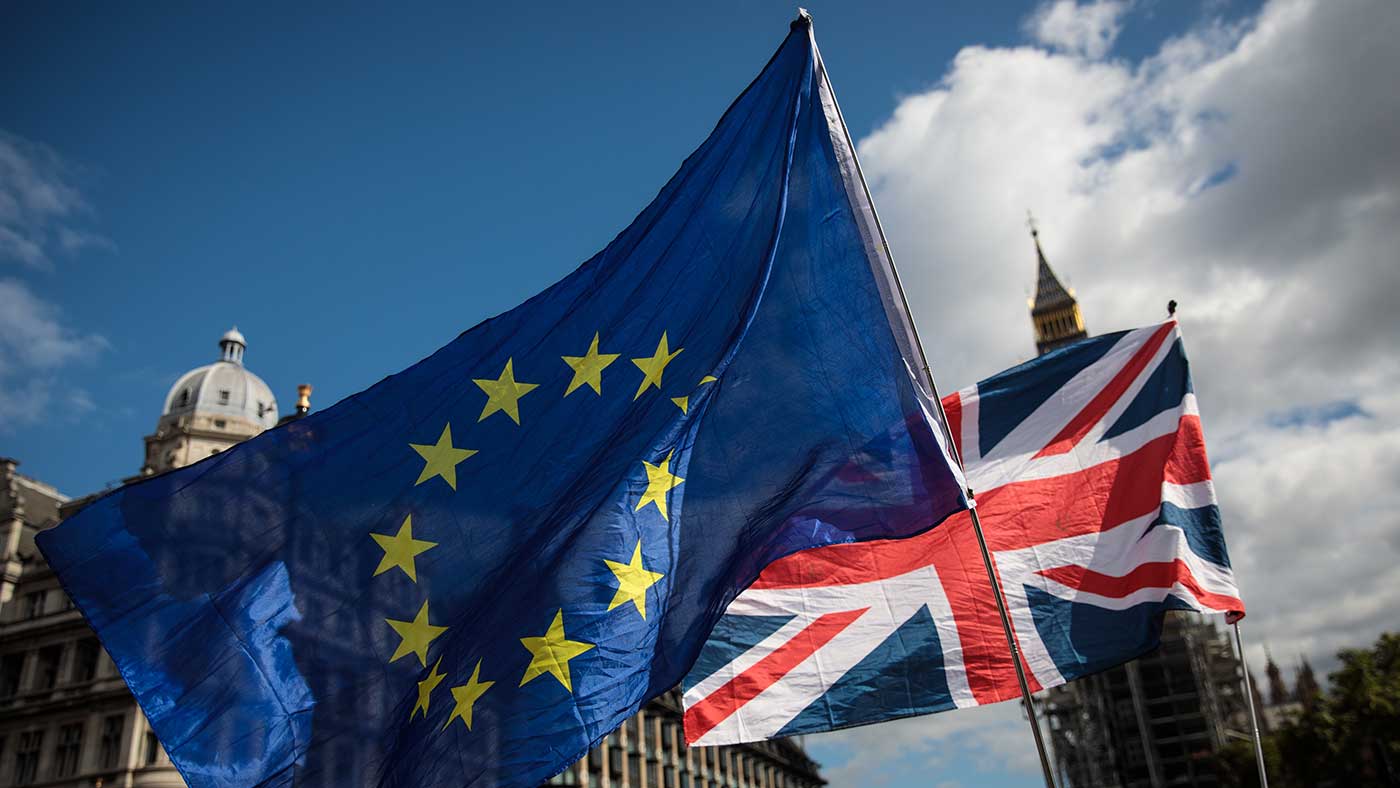
The UK government has revealed that it has passed on “confidential technical non-papers” on Brexit to the EU.
The announcement came after Finland’s Prime Minister Antti Rinne gave Boris Johnson 12 days to come up with a new plan on leaving the bloc.
Rinne said he and French President Emmanuel Macron agreed yesterday that London must produce proposals in writing by the end of September, adding that if it does not, “then it’s over”.
The Week
Escape your echo chamber. Get the facts behind the news, plus analysis from multiple perspectives.

Sign up for The Week's Free Newsletters
From our morning news briefing to a weekly Good News Newsletter, get the best of The Week delivered directly to your inbox.
From our morning news briefing to a weekly Good News Newsletter, get the best of The Week delivered directly to your inbox.
A UK government statement has since been released that says: “We have now shared in written form a series of confidential technical non-papers which reflect the ideas the UK has been putting forward.
“We will table formal written solutions when we are ready, not according to an artificial deadline, and when the EU is clear that it will engage constructively on them as a replacement for the backstop.”
However, a government source insisted the development was not in response to Rinne’s remarks and said the documents had been shared “in the last week”, reports the BBC.
One EU source told The Times that the documents included “some ideas and principles on some aspects of the backstop”, but that it was not clear what the “actual idea is”.
A free daily email with the biggest news stories of the day – and the best features from TheWeek.com
Yesterday, after meeting Macron, Rinne told reporters: “If the UK wants to discuss alternatives to the existing Brexit agreement then these must be presented before the end of the month.”
He added that he and Macron are “both concerned about what is happening in Britain right now”, adding: “If no proposals are forthcoming, I believe that quite a few European leaders agree with the position. Then it’s over.”
The Independent says that while Macron and Rinne “do not speak for the whole EU”, the deadline has weight given Rinne is the current holder of the rotating EU Council presidency and “charged with coordinating the views of member states”.
The Guardian points out that a deadline of 30 September would be “highly problematic” for Johnson as it falls on the eve of the Conservative party conference and the prime minister would be wary of showing his hand at such a sensitive point.
Earlier in the day, it was claimed that during his lunch meeting with European Commission President Jean-Claude Juncker, Johnson had expressed shock when he was told of the scale of checks that would still be required under the “SPS” plan the government has mooted for the Irish border to avoid a backstop.
“During talks with Juncker and the EU’s chief negotiator, Michel Barnier, the prime minister was shown in detail how allowing Northern Ireland to stick to common EU rules on food and livestock, known as sanitary and phytosanitary measures (SPS), would still fail to avoid checks on the vast majority of goods that cross the Irish border,” reports The Guardian.
The Finanical Times says Johnson turned to his chief negotiator, David Frost, and the Brexit secretary, Stephen Barclay, and said: “So you’re telling me the SPS plan doesn’t solve the customs problem?”
Although Downing Street has denied the report, EU sources confirmed that Johnson had seemed shocked at the complexity of the situation, and that it appeared to have been a “bit of a reality check to hear it from EU officials”.
The Times says the “non-papers” shared with the EU are “understood to build on Mr Johnson’s earlier offer to create an all-Ireland food-and-agricultural zone with a regulatory border in the Irish Sea to protect the EU’s single market”.
However, it adds that “the EU is being asked to accept a customs tariff border between Northern Ireland and the Republic of Ireland without any physical infrastructure on the actual border”.
-
 Wilde Cambridge: home-away-from-home in a prime city spot
Wilde Cambridge: home-away-from-home in a prime city spotThe Week Recommends This laid-back aparthotel is the perfect base for a weekend of exploring
-
 The best alcohol-free alternatives for Dry January
The best alcohol-free alternatives for Dry JanuaryThe Week Recommends Whether emerging from a boozy Christmas, or seeking a change in 2026, here are some of the best non-alcoholic beers, wines and spirits to enjoy
-
 A lemon-shaped exoplanet is squeezing what we know about planet formation
A lemon-shaped exoplanet is squeezing what we know about planet formationUnder the radar It may be made from a former star
-
 Biggest political break-ups and make-ups of 2025
Biggest political break-ups and make-ups of 2025The Explainer From Trump and Musk to the UK and the EU, Christmas wouldn’t be Christmas without a round-up of the year’s relationship drama
-
 ‘The menu’s other highlights smack of the surreal’
‘The menu’s other highlights smack of the surreal’Instant Opinion Opinion, comment and editorials of the day
-
 Is a Reform-Tory pact becoming more likely?
Is a Reform-Tory pact becoming more likely?Today’s Big Question Nigel Farage’s party is ahead in the polls but still falls well short of a Commons majority, while Conservatives are still losing MPs to Reform
-
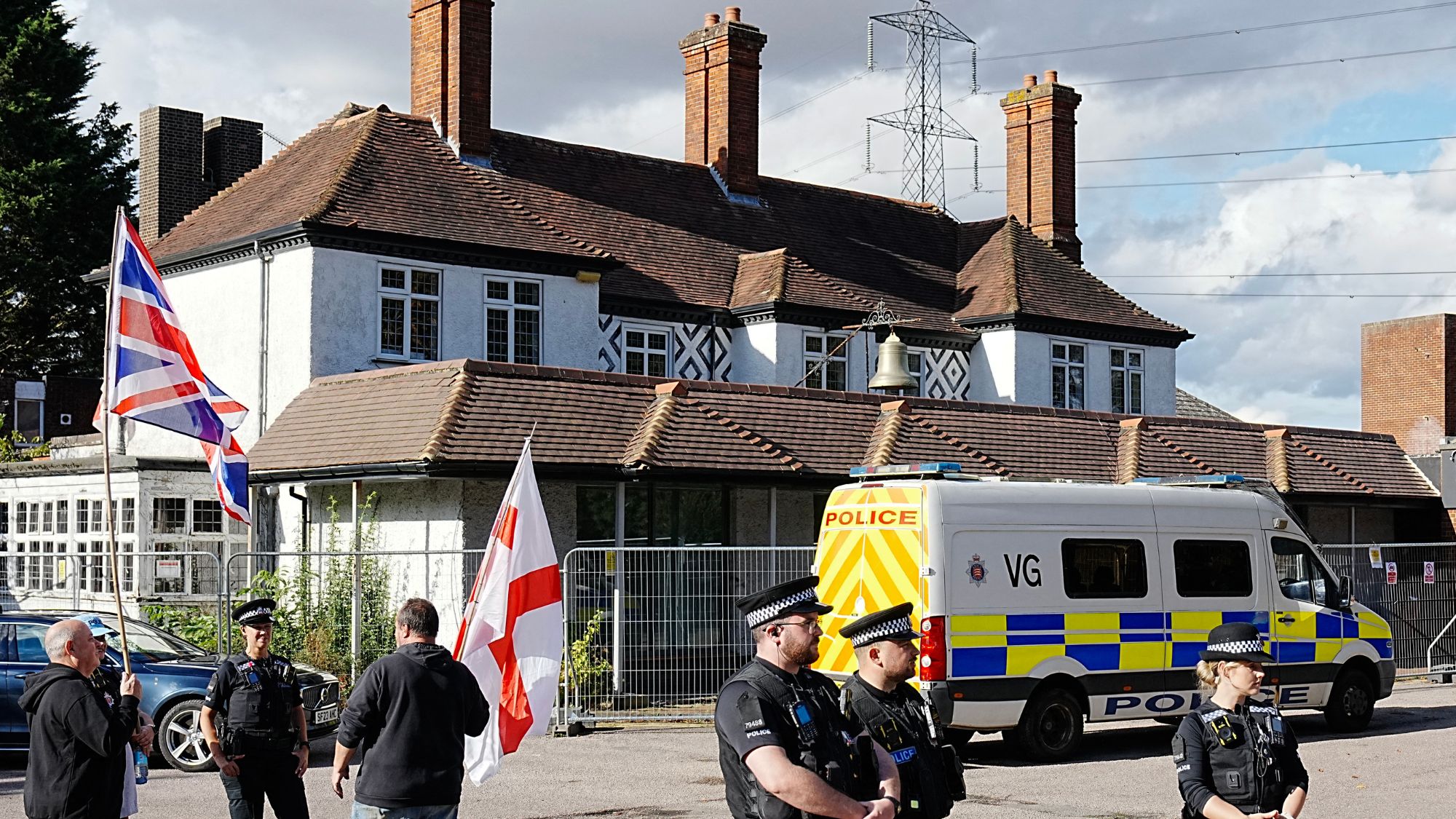 Asylum hotels: everything you need to know
Asylum hotels: everything you need to knowThe Explainer Using hotels to house asylum seekers has proved extremely unpopular. Why, and what can the government do about it?
-
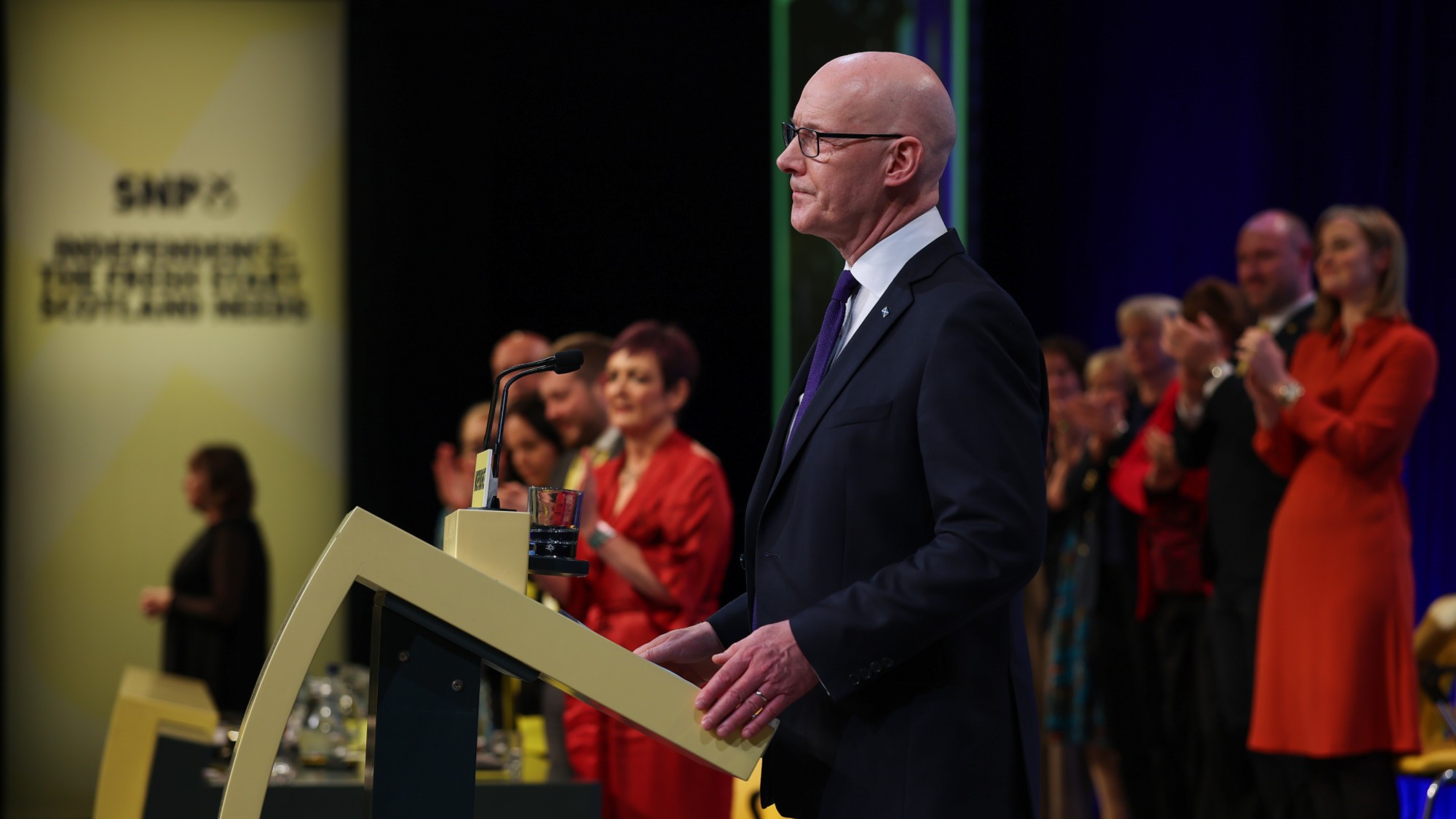 Taking the low road: why the SNP is still standing strong
Taking the low road: why the SNP is still standing strongTalking Point Party is on track for a fifth consecutive victory in May’s Holyrood election, despite controversies and plummeting support
-
 Is Britain turning into ‘Trump’s America’?
Is Britain turning into ‘Trump’s America’?Today’s Big Question Direction of UK politics reflects influence and funding from across the pond
-
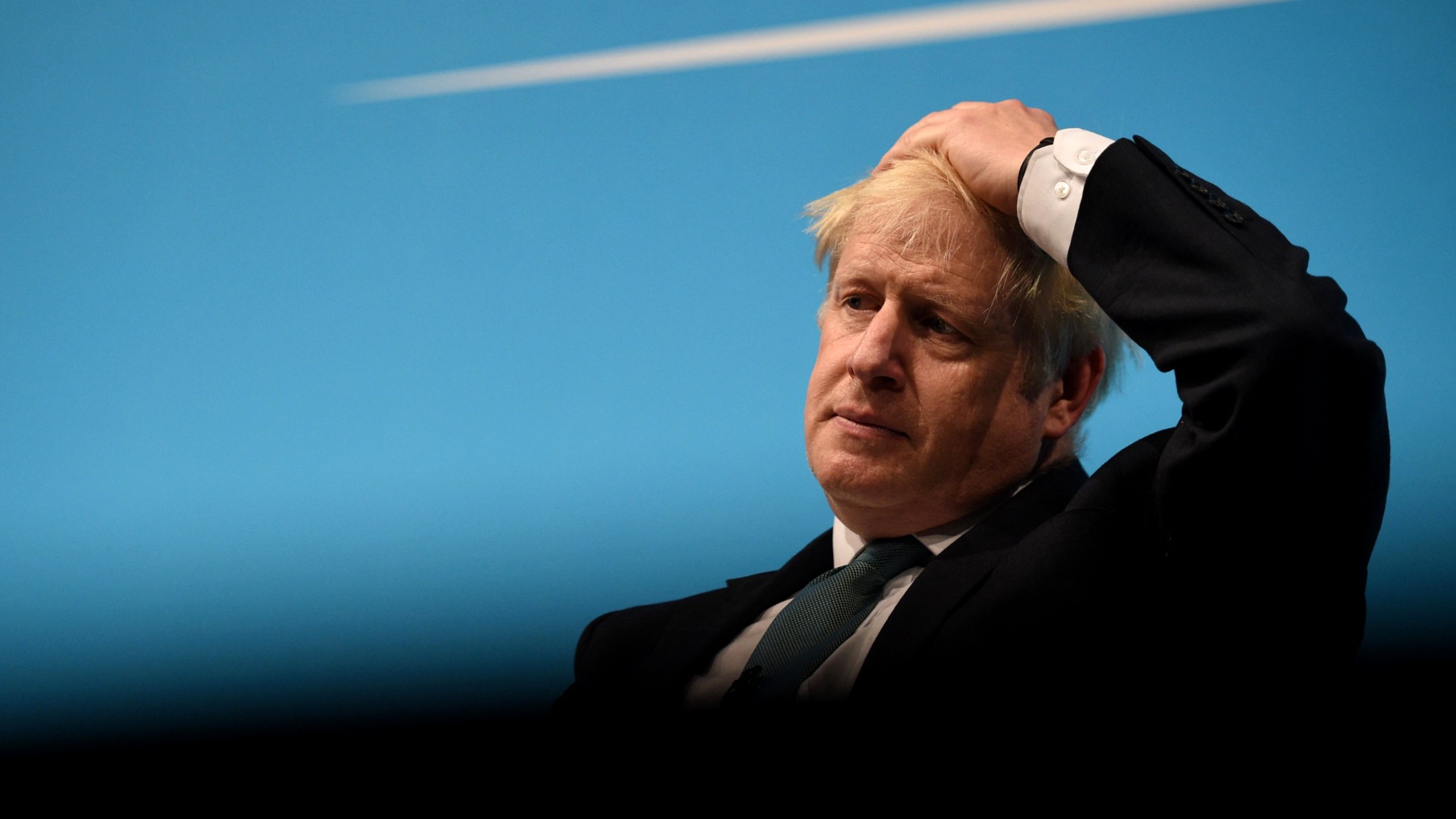 Behind the ‘Boriswave’: Farage plans to scrap indefinite leave to remain
Behind the ‘Boriswave’: Farage plans to scrap indefinite leave to remainThe Explainer The problem of the post-Brexit immigration surge – and Reform’s radical solution
-
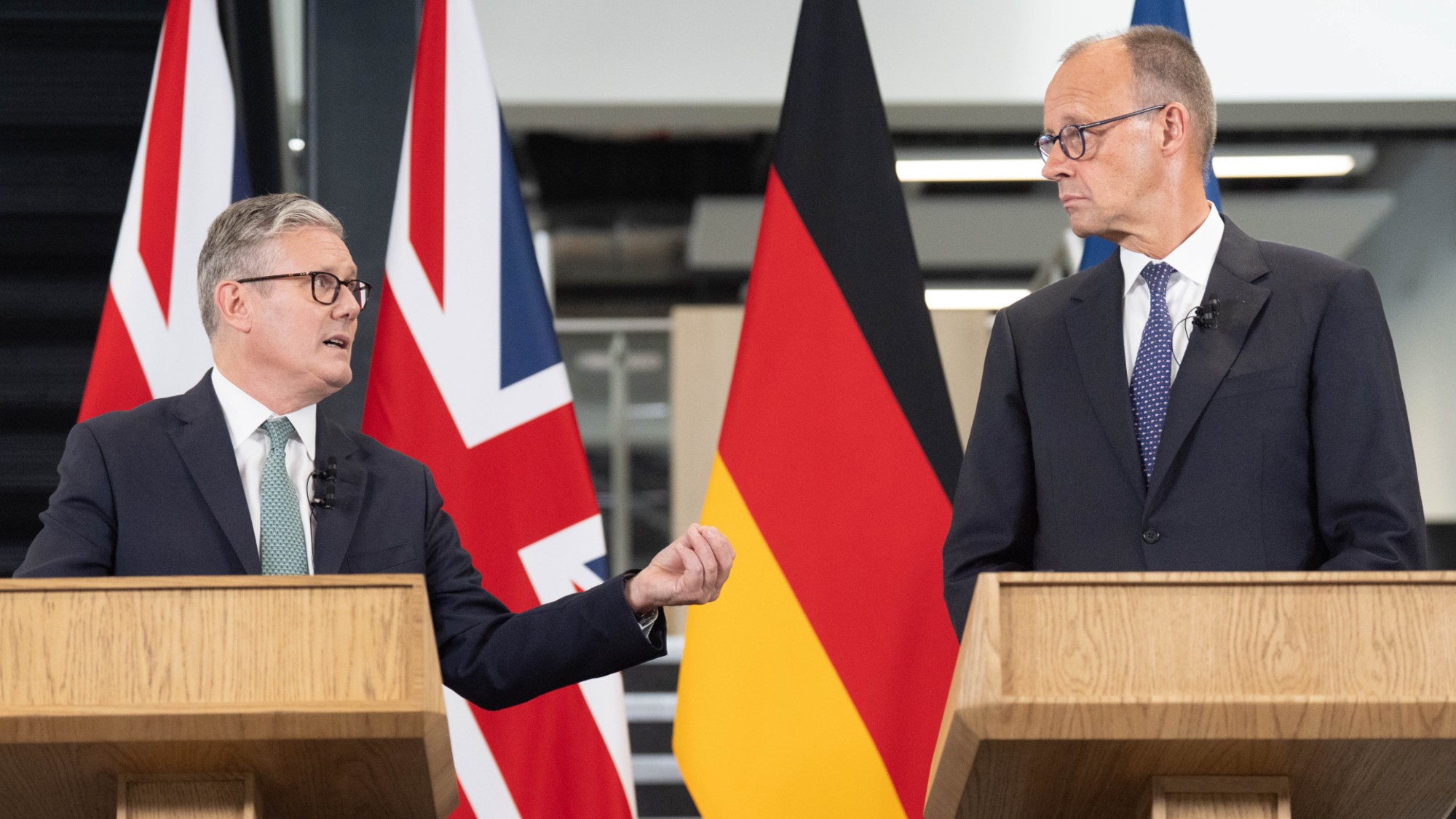 What difference will the 'historic' UK-Germany treaty make?
What difference will the 'historic' UK-Germany treaty make?Today's Big Question Europe's two biggest economies sign first treaty since WWII, underscoring 'triangle alliance' with France amid growing Russian threat and US distance